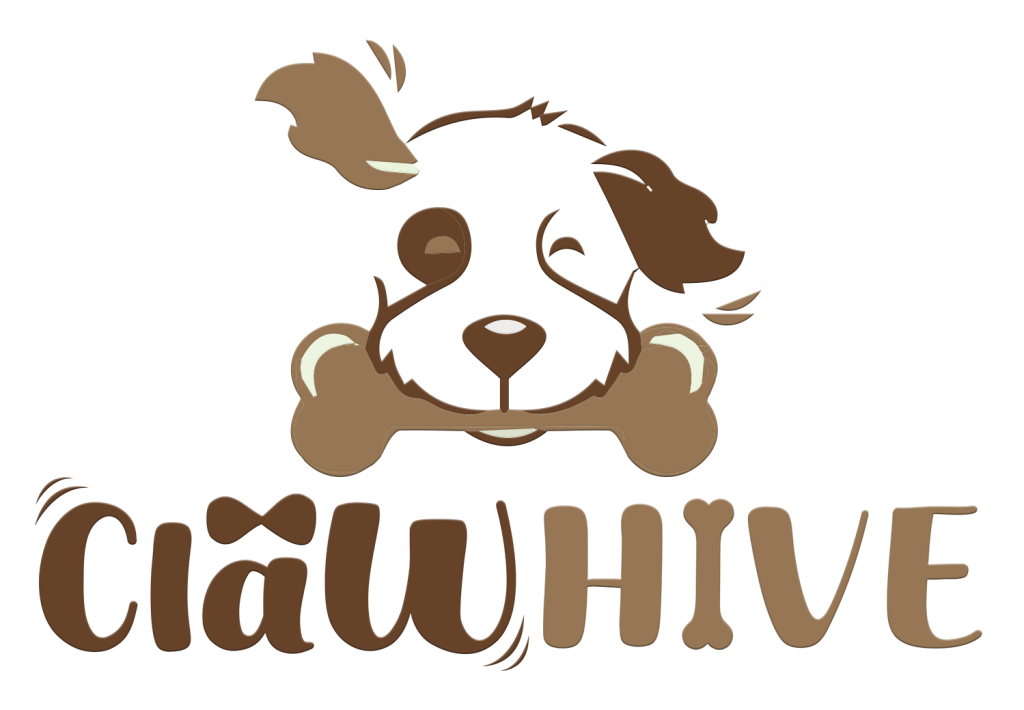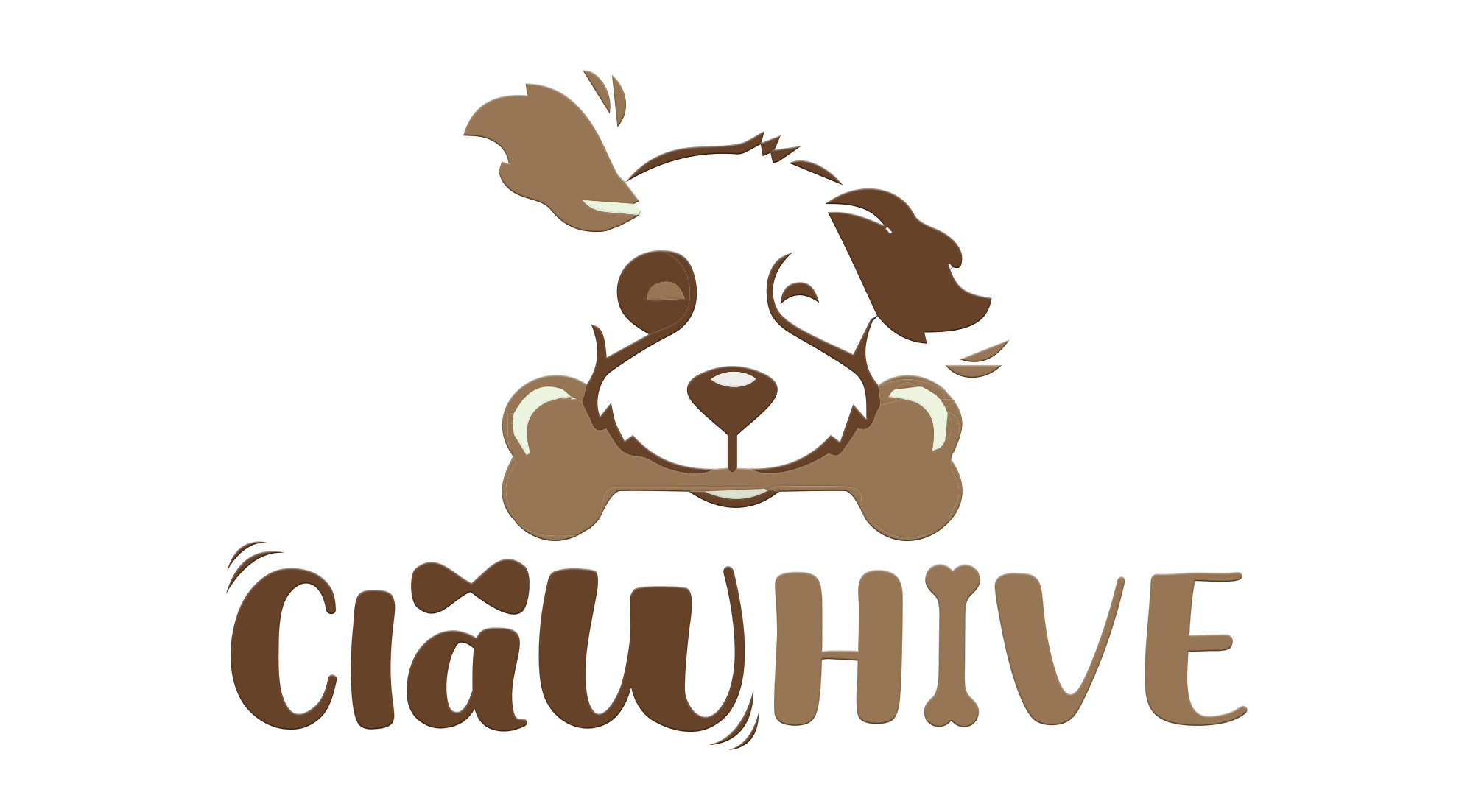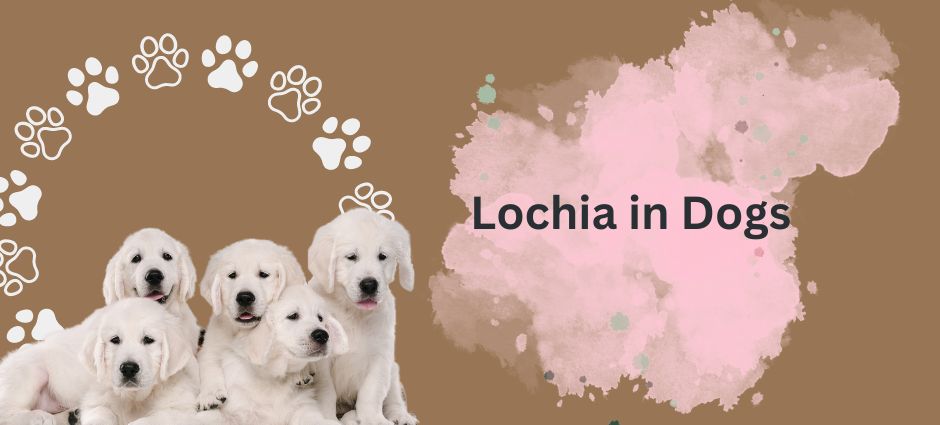After the joy of welcoming a litter of adorable puppies, new dog moms (dams) experience a period of physical recovery. One very common change is the new presence of Lochia which is a vaginal discharge that comes post-delivery. While it might seem alarming, lochia in dogs serves a crucial purpose in helping the uterus heal after whelping.
This blog is about everything you need to know regarding lochia in dogs, including its characteristics, duration, and when to seek veterinary attention.
So, let’s get into this!
What is Lochia in Dogs?
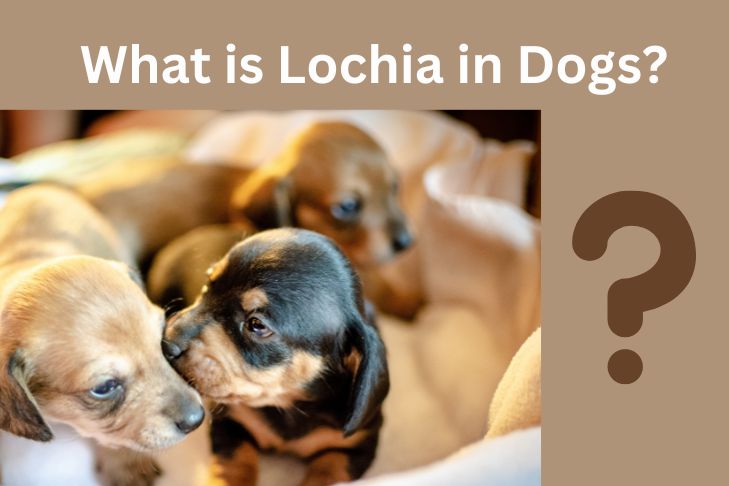
Lochia is a mixture of blood, fluids, and tissues expelled from the vagina after giving birth. It shows the uterus shedding the lining and cleaning itself out after delivering the puppies.
Here’s a breakdown of the components of lochia:
- Blood: The birthing process involves some blood loss, and this is reflected in the lochia.
- Fluids: Uterine fluids are also released as part of the cleansing process.
- Tissues: Pieces of the uterine lining and remnants of the placenta contribute to the discharge.
Lochia plays a vital role in preventing infection and promoting proper uterine involution (the shrinking back of the uterus to its pre-pregnancy size).
Also Learn About Hypocalcemia in Dogs.
Characteristics of Normal Lochia in Dogs
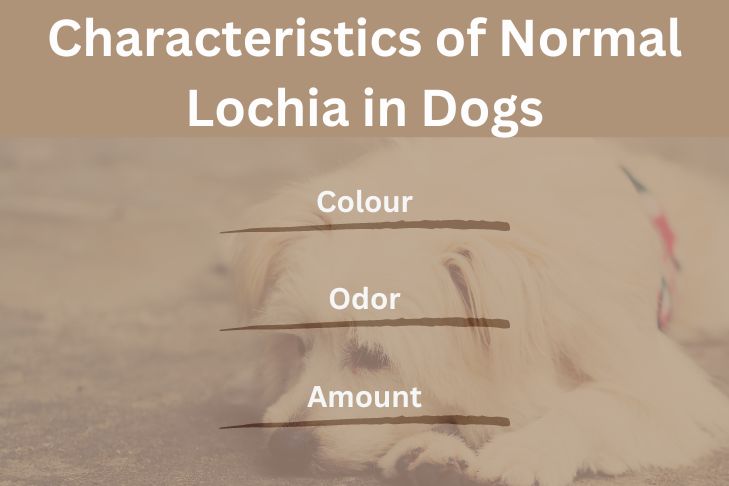
Normal lochia in dogs exhibits the following characteristics:
Color:
The color of lochia typically starts as a dark red or brown and gradually lightens over time, eventually becoming a pale pink or clear discharge.
Odor:
The discharge should have minimal or no odor. A foul smell is a very common infection signal.
Amount:
The initial discharge can be heavy for the first day or two, then progressively decrease in volume over the following weeks.
Duration of Lochia in Dogs
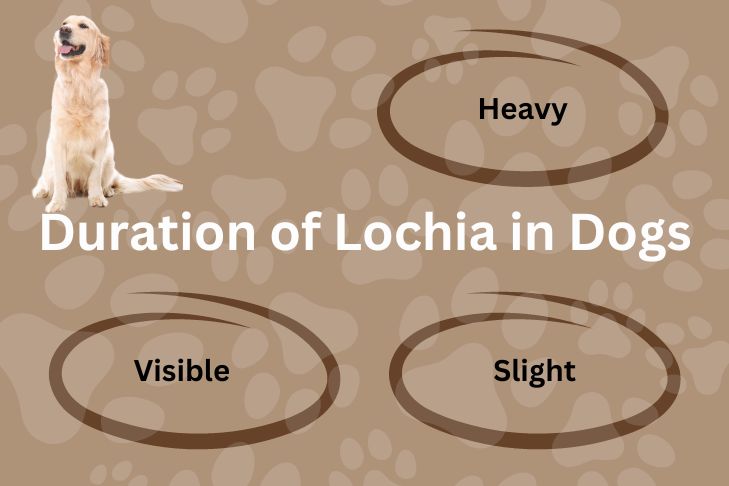
The time period of lochia in dogs can differ from dog to dog, as it depends on the size of the litter. However, a general time frame is:
- Heavy discharge: the first 1-2 days after whelping.
- Visible discharge: persists for 1-3 weeks, gradually diminishing.
- Slight spotting: may continue for up to 8 weeks in some cases.
Although this is the standard time frame that is noticed in most dogs, it can also vary from canine to canine, so if your new doggo mom has had a couple of more or fewer days, there is nothing to worry about. If you still notice something critical, book an appointment with your vet as soon as possible.
Read More: Do you want to know about the long-term effects of Ehrlichia in dogs? Click here!
Caring for Your Dog During Lochia
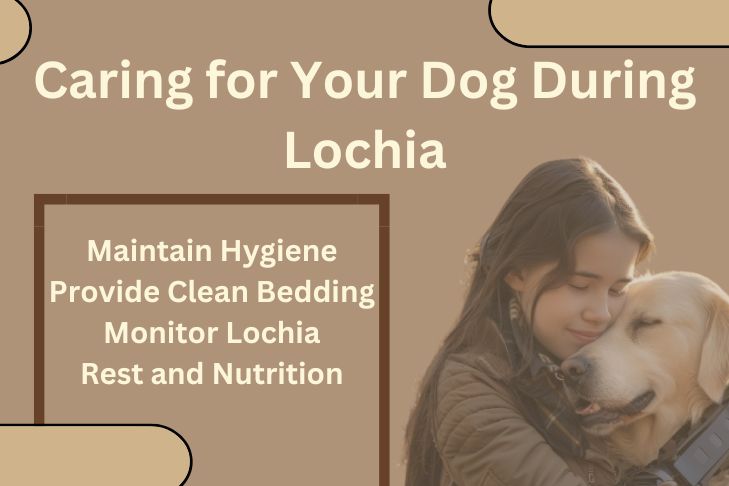
While lochia is a natural process, here are some ways to support your biggest fluffy dog’s recovery during this time:
- Maintain Hygiene: Gently clean the vulvar area with warm water and a soft cloth 2-3 times a day. Avoid using harsh soaps or chemicals.
- Provide Clean Bedding: Change your dog’s bedding regularly to keep it clean and dry. This helps prevent bacterial growth and potential infections.
- Monitor Lochia: Keep a lookout for any color change, smell, or even the amount of discharge happening. A foul smell, increased volume, or a return of heavy bleeding after the initial days could indicate a problem.
- Rest and Nutrition: Ensure your dog gets plenty of rest for proper healing. Provide a high-quality diet rich in nutrients to support milk production and overall recovery.
Lochia in Dogs: When to Seek Veterinary Attention
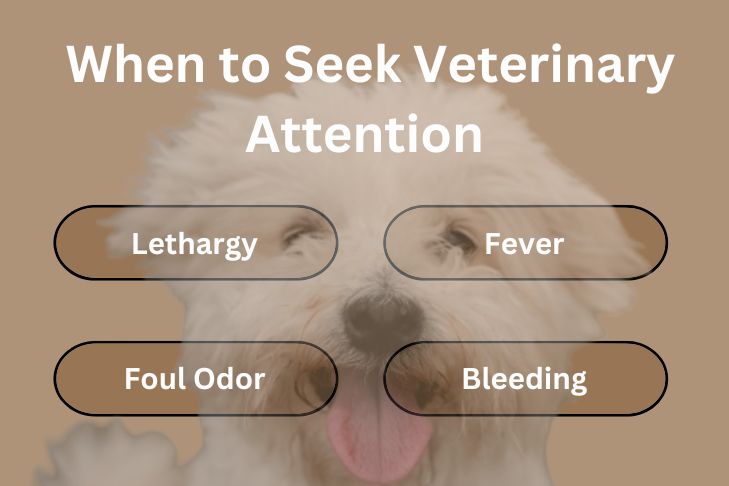
While lochia is a normal part of postpartum care, here are some situations that warrant a visit to your veterinarian:
- Foul odor: A strong, unpleasant smell emanating from the discharge is a red flag and could indicate an infection.
- Heavy bleeding: A sudden increase in bleeding or a continuous heavy discharge after the first few days might be a sign of retained placenta or other complications.
- Fever: If your dog has a fever along with abnormal lochia, it’s an urgent sign that requires immediate veterinary attention.
- Lethargy: If your cute dog appears lethargic, loses her appetite, or exhibits signs of discomfort, consult your vet as soon as possible.
- Prolonged Lochia: If the discharge continues beyond 8 weeks, it’s important to seek veterinary advice to rule out any underlying issues.
Conclusion
Lochia in dogs is a natural process after whelping, signifying the uterus healing and returning to its pre-pregnancy state. By understanding the characteristics and duration of normal lochia, and knowing when to seek veterinary help, you can ensure your dog has a smooth postpartum recovery and can focus on caring for her precious puppies.
Additional Tips:
- Consider keeping a log of the lochia’s color, amount, and any changes you observe. This information can be helpful for your veterinarian if needed.
- During the whelping process, ensure all placentas are expelled. Retained placentas can lead to infection.
- If you’re concerned about your dog’s overall health or behavior, start keeping tabs of everything and sharing it with your vet.
Hoping you enjoy the new furry little puppies!
